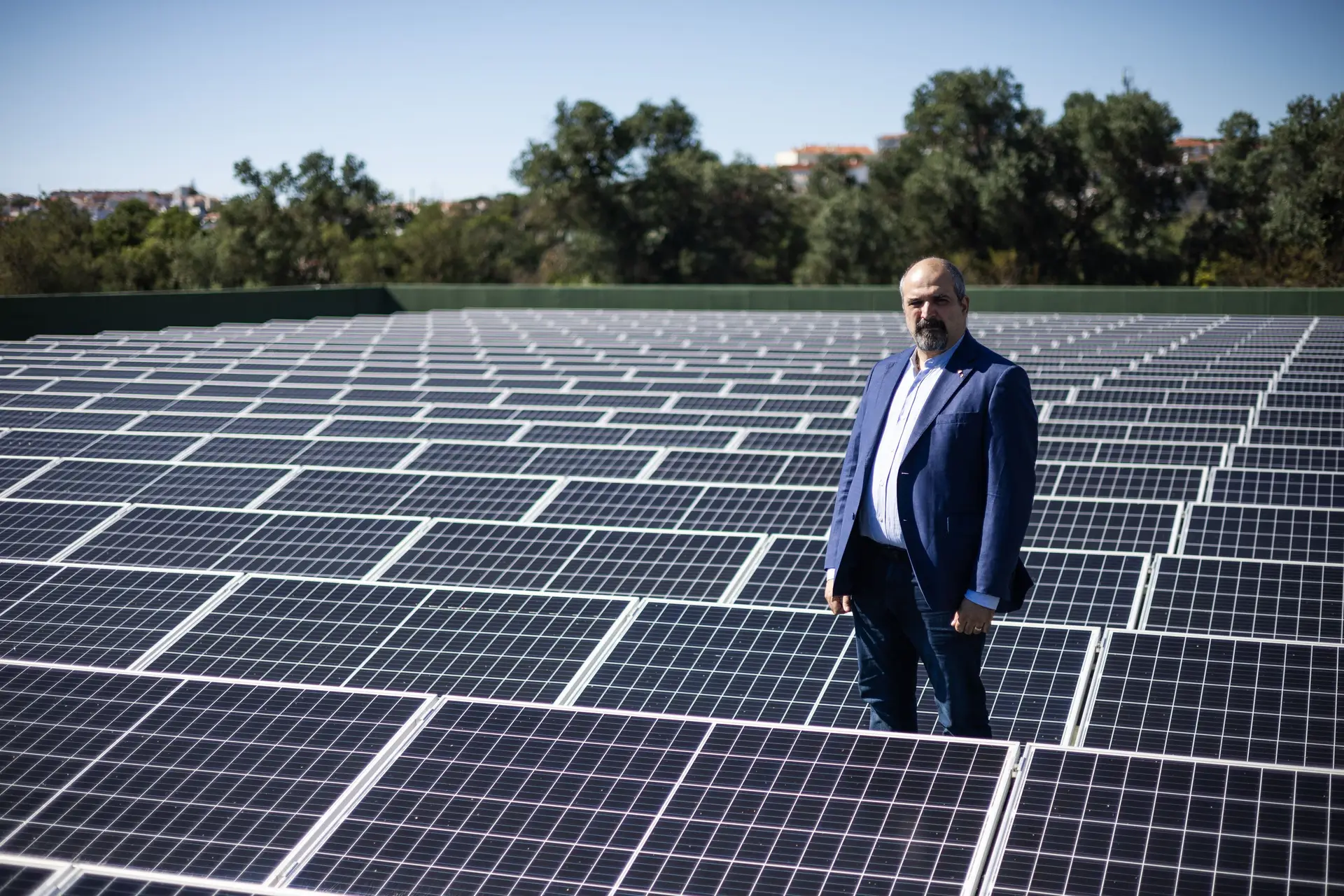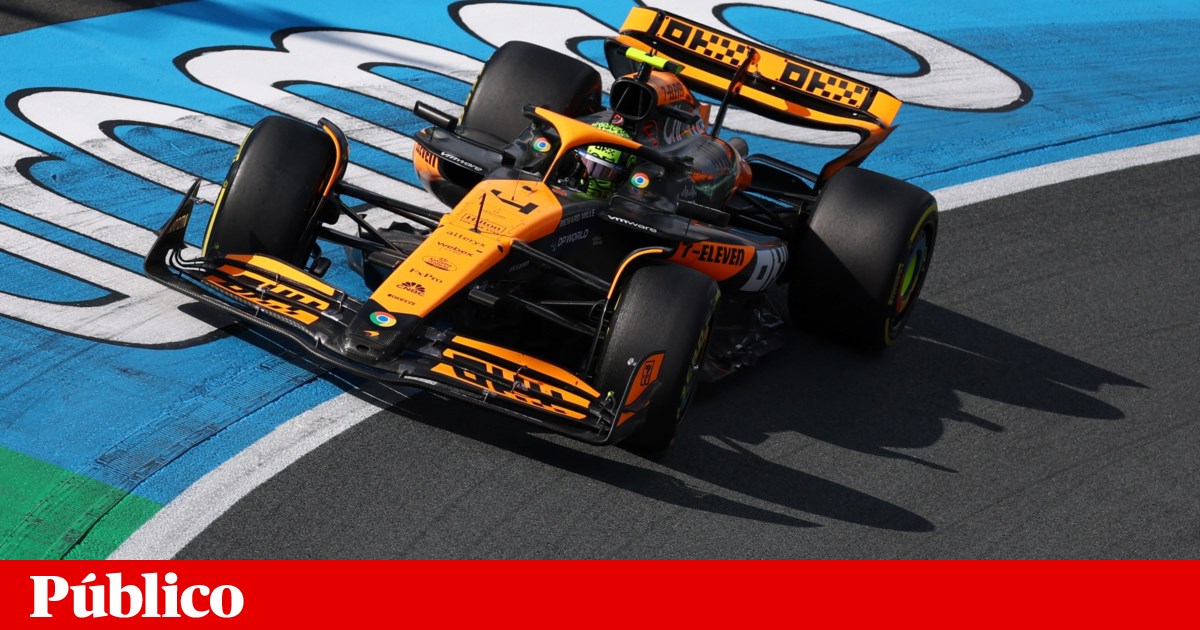Future of the future
Podcast
Have you listened to Expresso’s podcast “Future of the Future” about technology and science? Nuno Borges Carvalho, researcher at the University of Aveiro, is this week’s guest. In this interview, the communications specialist also explains how different companies have worked to capture energy in space to meet Earth’s needs or explore space on the Moon.
The concept of the energy mule was born with the aim of transporting energy to the Moon, but its first fiery test will probably take place not far from Aveiro in September. “We proposed having a satellite orbiting the Moon, which we call an energy mule. Why? We call it a mule because it collects energy in one place, and then transmits it to another,” answers Nuno Borges Carvalho, professor at the University of Aveiro (UA) and researcher at the Institute of Communications, in an interview with the Podcast Futurismo.
Matilda Vichy
The Lunar Power Satellite project, developed at UA with support from the European Space Agency, aims to demonstrate another capability of transmitting energy through radio frequencies with radio antennas 100 meters apart.
Nuno Borges Carvalho, a researcher at the University of Aveiro, foresees a future in which equipment such as mobile phones can be charged via wireless networks.
Matilda Vichy
The project focuses on the efficiency of radio broadcasting, but does not neglect space exploration and communications over greater distances, with satellites that live up to the title of energy mule by capturing energy from solar panels, which can then be directed via radio communications to places where there are no wire circuits to distribute electricity.
Nuno Borges Carvalho demonstrates the potential of this technology with a satellite that charges batteries as it travels under the sun, and “when it passes through the dark side of the moon (the part of the moon that is under the shadow), it discharges the same energy to the moon.”
Work has already begun on this concept of one day providing energy on Earth. There are still many issues regarding the efficiency of radio broadcasting and photovoltaic panels, but Nuno Borges Carvalho believes there is potential for an eventual paradigm shift in energy production and distribution.
“The advantage of doing this is that, up there (in space), I am exposed to sunlight for 24 hours,” says the scientist, not forgetting that radio frequencies sent from space have the advantage of passing through clouds better than sunlight, which ultimately limits the energy capture of terrestrial photovoltaics.
The photo brought by Nuno Borges Carvalho to Futuro do Futuro as a tribute to the scientist Nikola Tesla
To illustrate the potential of the transmitted energy, Nuno Borges Carvalho brought an image referring to the famous scientist and inventor Nikola Tesla and also a sound produced by radio frequencies known as the theremin.
In addition to helping meet Earth’s energy needs, wireless power transmission could unlock potential in scenarios where there are no cables to get power where it’s needed. Some companies have already begun exploring this possibility by powering drones in flight, but there are also projects that envision using balloons or other devices to power remote areas or areas affected by faults or natural disasters.
Nuno Borges Carvalho admits that the same technology could, in the coming years, evolve to the point of replacing part of the electrical cables currently used at home and in the workplace.
“We have projects to build wireless transmission systems indoors. We have projects to transmit power wirelessly, for example, to power sensors on railway lines,” says the UA professor. “Imagine I have a sensor and I don’t want it to have a battery… Why don’t I want a sensor to have a battery? Because if I have 100,000 sensors, I have to change 100,000 batteries every X years. If I could transmit power via radio, I wouldn’t have batteries anymore.”
From sensors, which have reduced power consumption, it will be possible to develop to provide power to more demanding systems – as long as there is no expectation to achieve charging as fast as is already possible with cable chargers.
“Perhaps the cell phone that I usually have at home is capable of being charged with 100 milliwatts (through wireless networks),” answers Nuno Borges de Carvalho about what can actually be done with the distribution of energy through wireless networks.
“If I had an old cell phone, where I was just making calls and sending text messages, today’s technology allows you to charge a cell phone like this without any problems, using radio waves to transmit energy,” the professor says in more detail to the African Union.
Hugo Seneca speaks to brilliant minds from a variety of fields about the brave new world that technology holds for us. An open window into the great innovations of this time and the future.

“Friendly zombie fanatic. Analyst. Coffee buff. Professional music specialist. Communicator.”

